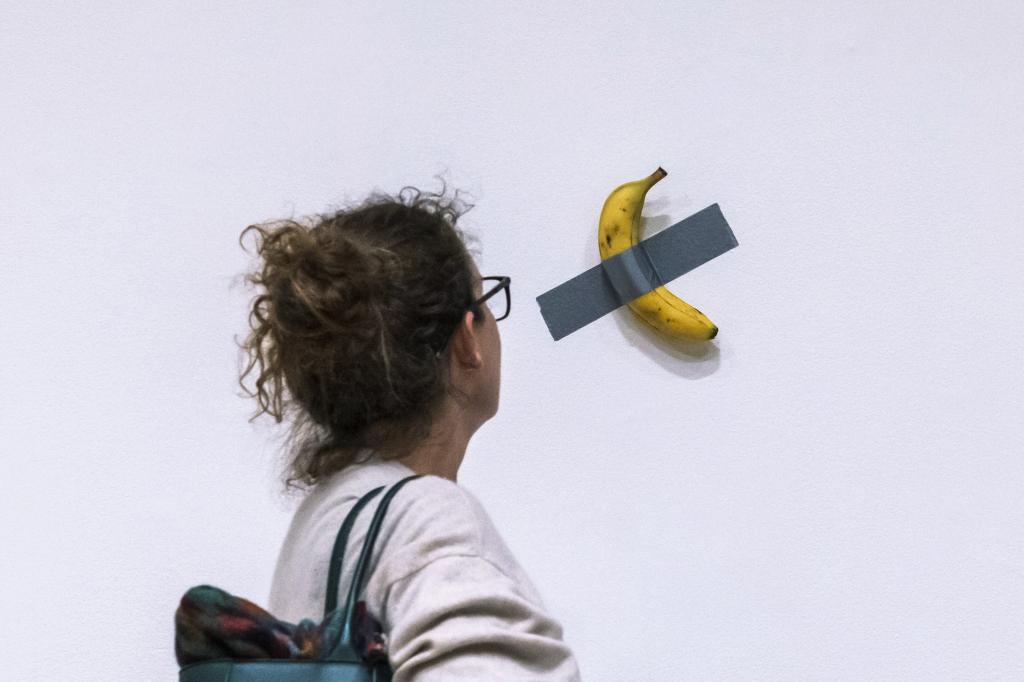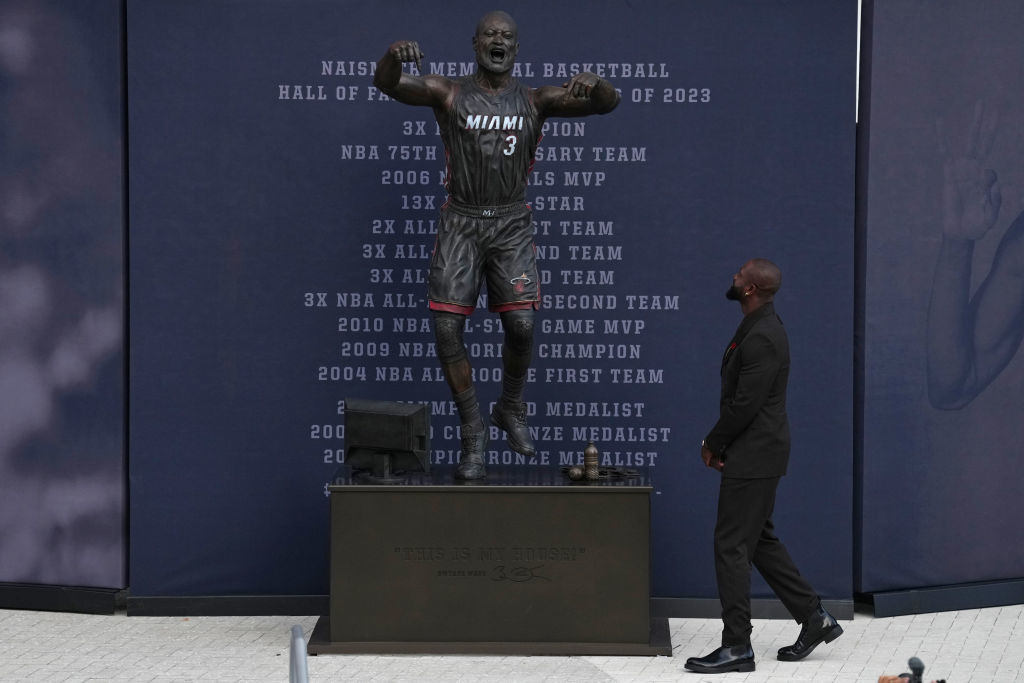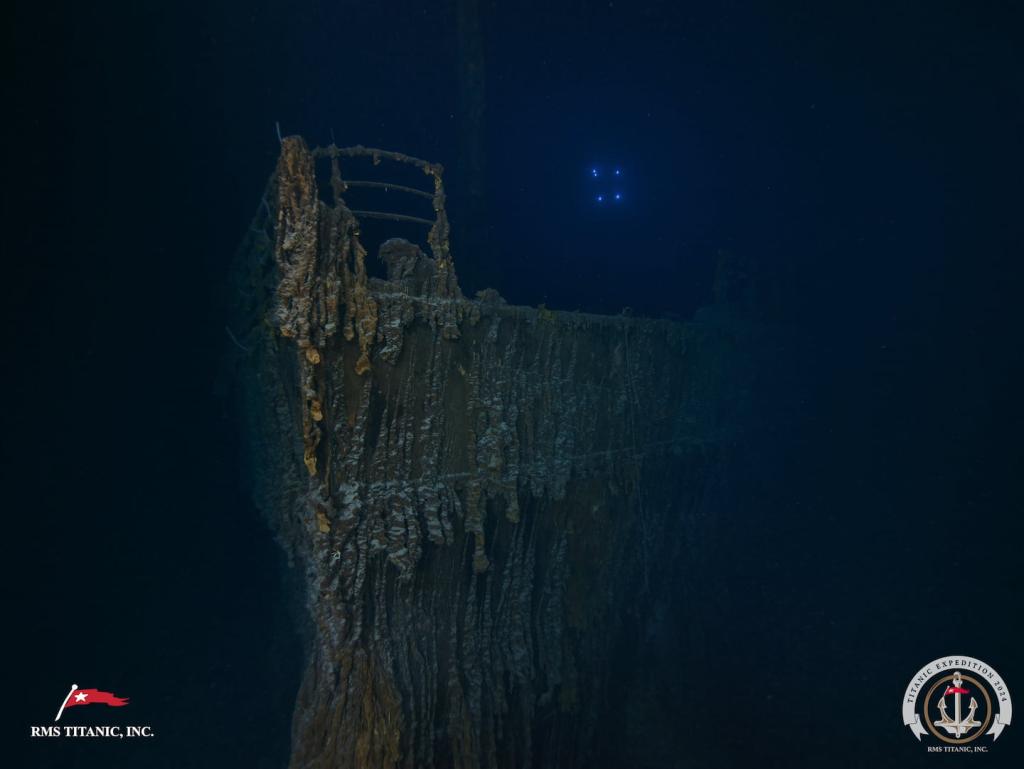Maurizio Cattelan's Comedian Redefines Art and Value
Discover how Maurizio Cattelan's "Comedian", a banana taped to a wall, challenges perceptions of value and meaning in contemporary art.
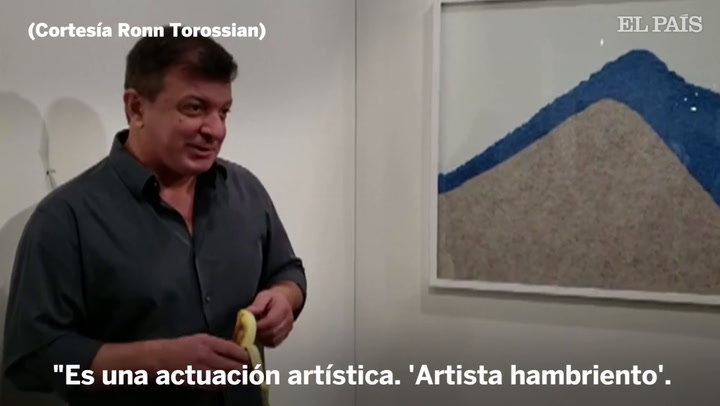
Key Points
- Maurizio Cattelan
's "Comedian", featuring a banana duct-taped to a wall, prompts a reevaluation of art's value and meaning.
- The artwork became a viral sensation, highlighting the role of social media in shaping contemporary art discourse and visibility.
- Cattelan's choice of the banana serves as a powerful symbol for discussions on global trade, capitalism, and our cultural consumption patterns.
In the ever-evolving landscape of contemporary art, few works have sparked as much debate and curiosity as Maurizio Cattelan’s “Comedian”, an intriguing piece that consists simply of a banana duct-taped to a wall. Since its debut at
in 2019, this artwork has not only captivated audiences but also challenged conventional notions about art's value and purpose. As it heads to auction with an estimated price exceeding $1 million, it's time to explore the profound implications behind this seemingly absurd creation.
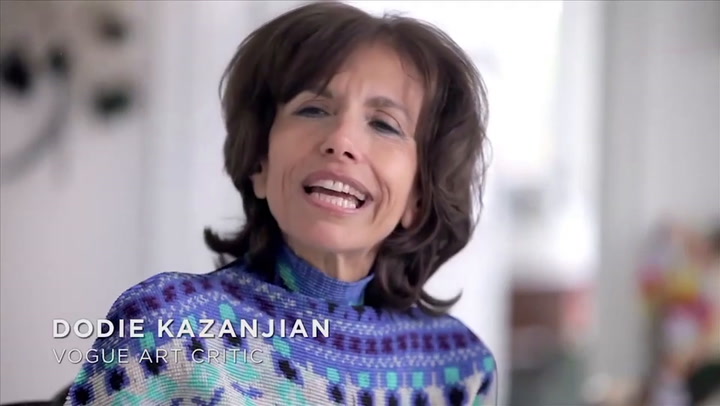
Understanding the Concept: More Than Just a Banana
At first glance, “Comedian” appears to be nothing more than a yellow banana affixed to a white wall with a simple roll of duct tape. However, this interpretation would be simplistically reductive. Cattelan himself has described the work as a "sincere commentary on what we value". It invites us to reevaluate the significance we assign to art and the societal norms surrounding it.
Each banana is meant to be replaced regularly, with the artwork encompassing the idea and the experience rather than the physical fruit itself. This approach to art reflects a conceptual understanding that has roots in the works of past movements, including
's “Fountain”, a porcelain urinal that questioned the very foundation of art. As Cattelan put it, "I could sell a banana like others sell their paintings".
The Phenomenon of Viral Art
“Comedian” quickly transitioned from an art fair curiosity to a cultural phenomenon. During its initial presentation, it attracted crowds eager to snap selfies alongside this unusual installation, underscoring the power of social media in shaping contemporary art's visibility. The profound public reaction culminated in a performance art incident when another artist famously removed and ate the banana in a bold statement of his own, only to be met with a replacement banana shortly after.

This interplay of actions around “Comedian” emphasizes that the value of art is often constructed through dialogue and discourse rather than just intrinsic qualities. Cattelan’s work cleverly illustrates how art can challenge norms while simultaneously being commodified. The auction at Sotheby's promises to once again put "Comedian" directly in the spotlight, as it invites bidders to grapple with the notion of art as both a financial investment and a philosophical inquiry.
Reflecting Cultural Commentary
Moreover, Cattelan’s choice of the banana is significant as it is a potent symbol of global trade, capitalism, and even imperialism. Chloé Cooper Jones, a professor at
, highlights this connection to “moral complicity in production”, prompting viewers to reflect on broader societal implications. The banana, an everyday object, serves as a vehicle for discussing complex themes about our consumption patterns and cultural values.
In our current era, where art often straddles the boundaries between the absurd and the meaningful, works like “Comedian” elicit necessary discourse regarding not only the nature of creativity but also the systems that celebrate and monetize it. It boosts the age-old question: Is art defined purely by the object, or does its significance lie in the ideas it provokes?
Final Thoughts on an Iconic Artwork
As Cattelan’s “Comedian” approaches auction day, it stands as a fascinating case study that encapsulates the complexities of the current art market. With an estimated selling price of over $1 million, it embodies both cultural critique and an exploration of value in art. Its journey—from a viral spectacle at Art Basel to a highly anticipated Sotheby’s auction—invites a reexamination of what we consider valuable in the artistic and cultural domains.
Ultimately, Maurizio Cattelan’s artwork transcends its simple physicality, becoming a touchstone for discussions about art, commerce, and perception. In a world where the absurd often intertwines with the profound, “Comedian” reminds us that the true value of art may lie not in its form, but in the conversations it sparks and the introspection it demands from all of us.
